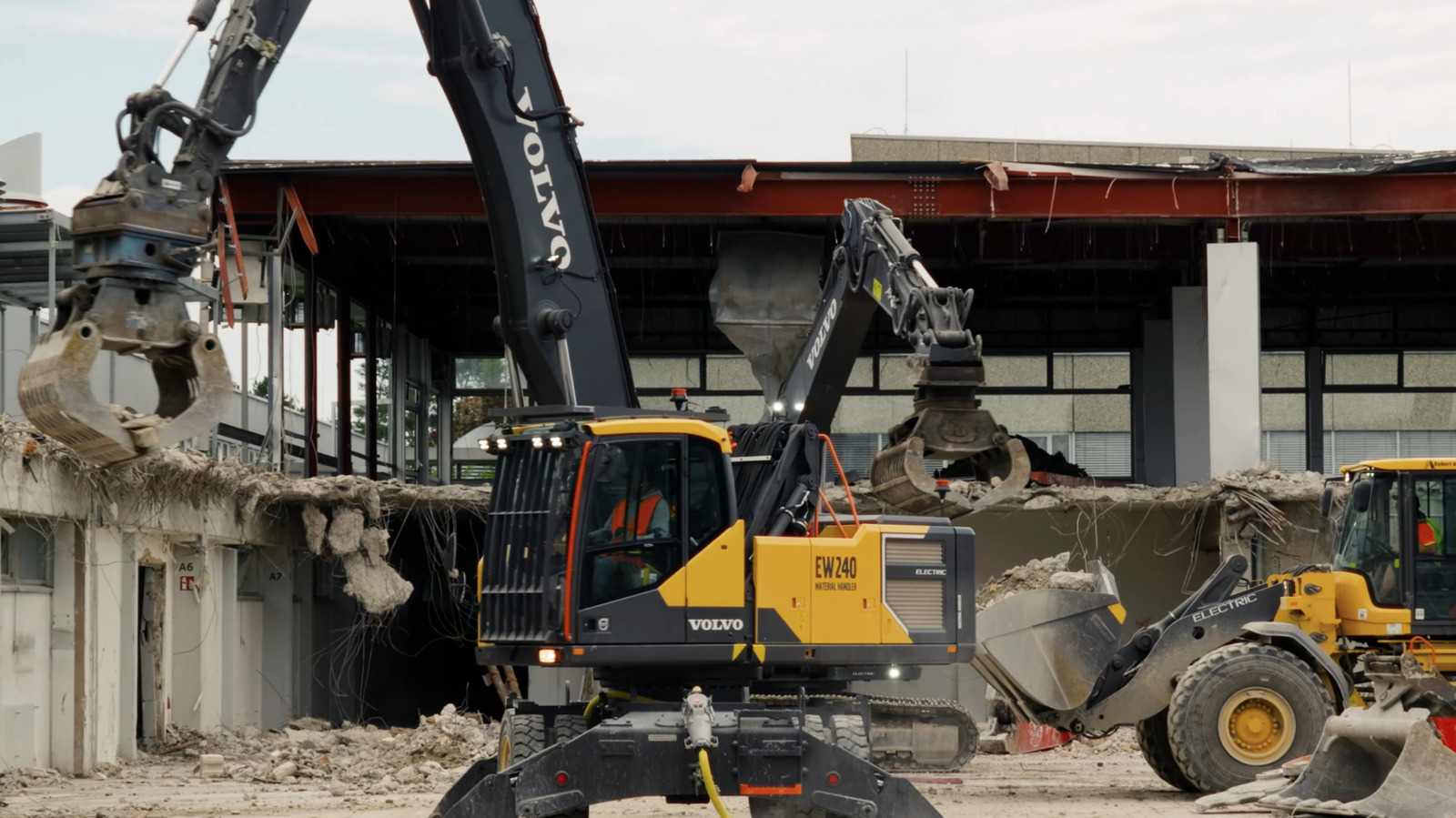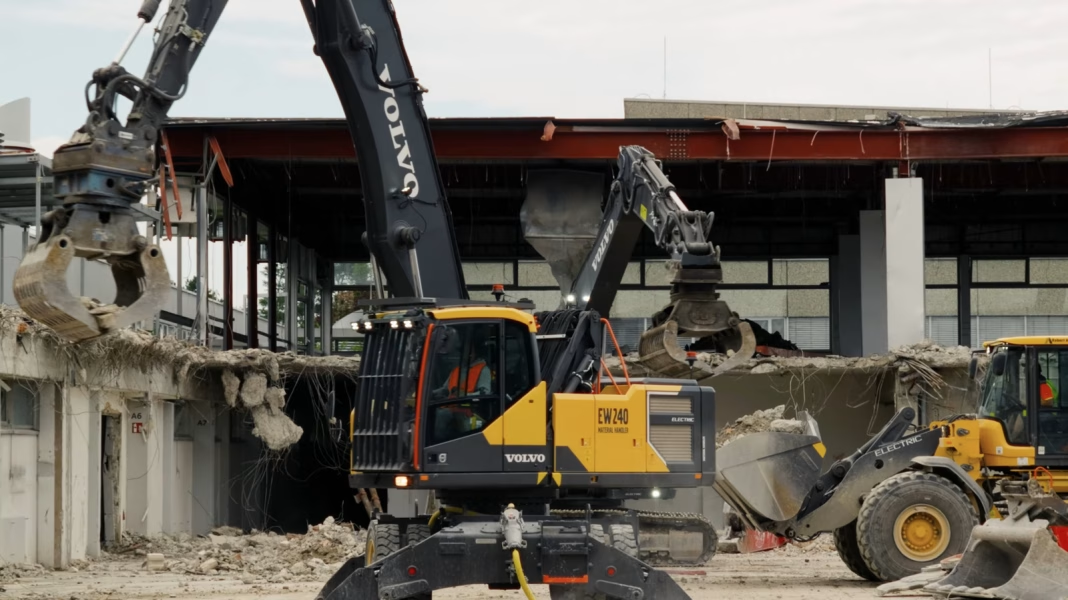How Are Electric Vehicles Like Volvo’s Changing Construction Sites?
If you think electric vehicles are just for city commutes or eco-conscious drivers, think again. Volvo is flipping that script in a big way. Instead of simply bringing EVs to the job site, Volvo is turning its electric machines into the job site itself—literally tearing down buildings with battery power. This isn’t just a flashy demo; it’s a glimpse into how construction could look in the near future.
What Makes Volvo’s Electric Construction Equipment Stand Out?
Volvo’s electric construction lineup isn’t just about swapping out diesel engines for batteries. These machines are designed from the ground up to handle tough, dirty work—demolition, excavation, hauling—without the noise, fumes, or maintenance headaches of traditional equipment. The company’s electric excavators and loaders have already been put to the test on real demolition projects, showing they can rip down walls and clear debris with surprising muscle.
One standout example: Volvo’s EC230 Electric excavator, which has been used on commercial demolition sites in Europe. Operators report that it delivers comparable power to diesel models, but with a much quieter operation. That means less disruption in urban areas and a more comfortable environment for workers. Plus, with fewer moving parts, these machines require less routine maintenance—a win for both uptime and long-term costs.
Can Electric Machines Really Handle Heavy-Duty Demolition?
Skeptical? You’re not alone. There’s a lingering perception that electric means “weaker” or “limited.” But Volvo’s field tests are challenging that notion. According to a 2023 report from the International Council on Clean Transportation, electric construction equipment can match or even exceed the performance of diesel in many applications, especially in short bursts of high power—exactly what’s needed for demolition.
Battery life is a common concern, but Volvo has tackled this with fast-charging solutions and modular battery packs. On a typical job site, crews can swap batteries or top up during breaks, keeping machines running all day. And since electric motors deliver instant torque, operators often find these machines more responsive and easier to control during delicate demolition tasks.
How Does This Shift Impact Workers and the Environment?
The benefits go beyond just cutting emissions. Electric construction equipment dramatically reduces onsite noise—sometimes by as much as 50 percent, according to Volvo’s own data. That’s a game changer for urban projects where noise ordinances can slow work or trigger complaints. Workers also breathe easier, literally, with no diesel exhaust hanging in the air.
From a broader perspective, construction is a major source of urban air pollution. The World Health Organization has linked particulate emissions from diesel engines to respiratory problems and increased health risks for nearby communities. By switching to electric, companies can shrink their carbon footprint and improve local air quality—a win for public health and corporate responsibility.
Are There Real-World Examples of This Technology in Action?
Absolutely. In Sweden, Volvo’s electric machines have been used to demolish old buildings and clear sites for new developments, all while running on renewable energy. In one pilot project, the company reported a 98 percent reduction in onsite CO2 emissions compared to traditional diesel equipment. That’s not just good PR—it’s a meaningful step toward meeting the construction industry’s climate goals.
Other contractors in Europe and North America are jumping on board, too. Some cities now offer incentives or even mandate the use of low-emission equipment on public projects. Early adopters are finding that electric machines can help them win contracts, reduce operating costs, and build a reputation for innovation.
What’s Next for Electric Construction Equipment?
We’re still in the early innings, but the momentum is real. As battery technology improves and charging infrastructure expands, expect to see more electric excavators, loaders, and even dump trucks on job sites around the world. Volvo is already working on larger models and autonomous features that could further boost efficiency and safety.
Of course, challenges remain—upfront costs are higher, and charging logistics can be tricky on remote sites. But as the technology matures and more companies see the long-term savings, those hurdles are shrinking fast.
The big takeaway? Reinventing construction with electric machines isn’t about perfection—it’s about smarter adjustments. Start with one change this week, and you’ll likely spot the difference by month’s end.


